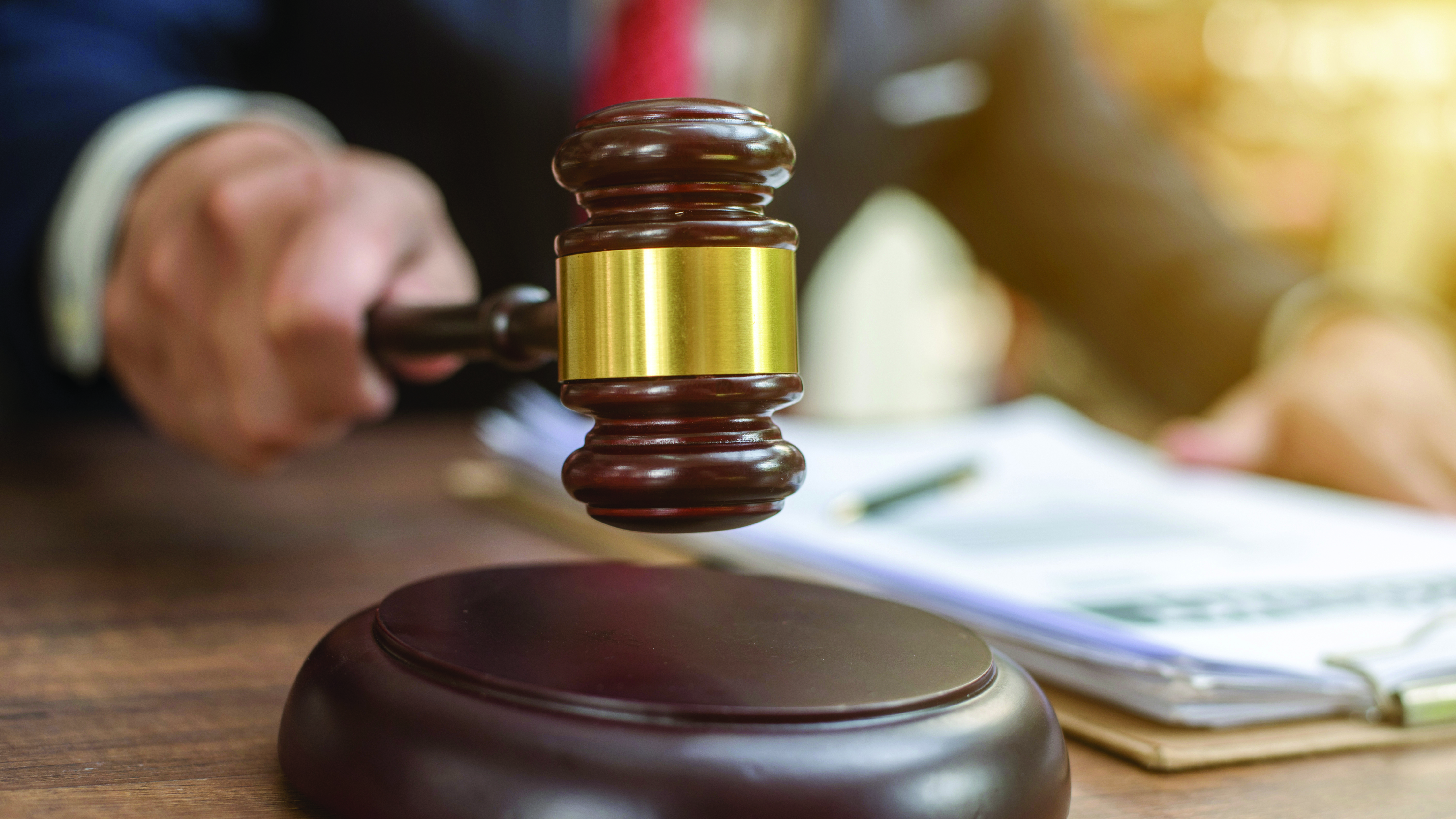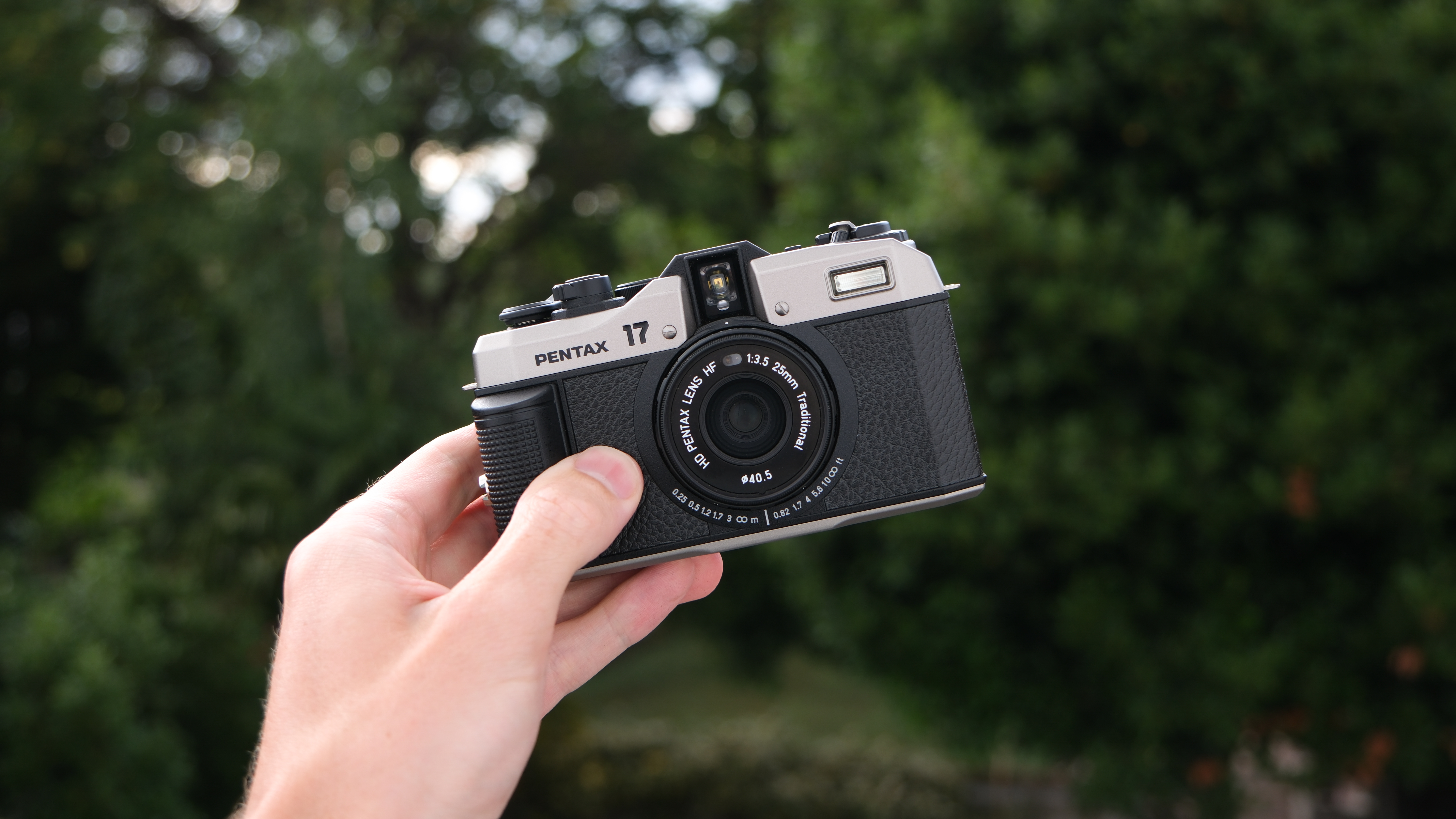Using copyrighted material to train AI isn’t always fair use, judge rules. But what are the implications for photographers?
In a copyright infringement lawsuit filed by Thomson Reuters, a federal judge has ruled that AI competed with the original material

The rise of AI has also given rise to dozens of legal battles asking a key question: Does training an AI on copyrighted material fall under fair use? In one of the first cases to reach an initial decision, a federal judge in Delaware has said that using copyrighted material to train an AI did not fall under fair use, in part because the resulting AI competed with the original.
In Thompson Reuters Vs Ross Intelligence, US Circuit Judge Stephanos Bibas ruled that Ross Intelligence's use of editorial content owned by Thompson Reuters did not fall under fair use.
The legal battle arose after Thompson Reuters claimed that Ross Intelligence used its copyrighted material published on Westlaw to build an AI-powered legal research platform called LegalEase. Bibas issued a summary judgment for part of the case, reversing a previous decision that denied summary judgment. It sided with Thompson Reuters, saying that LegalEase’s use did not have a sufficiently different purpose and directly competed with the original.
However, the February 11 decision leaves part of the copyright infringement claims for a jury trial; an appeal could also put the case back in a higher court. While the case isn’t fully completed, the summary judgment is considered the first ruling on the debate over fair use in AI.
The case concerns written content and, as Bibas stressed, non-generative AI. However, some analysts believe the decision could have implications for future AI-centered legal battles. Multiple legal battles over the use of copyrighted material to train AI are ongoing, including infringement cases filed by The New York Times and Getty, and the early summary judgment could aid future decisions on what is and is not fair use in the age of AI.
Bibas ruled in favor of Thomson Reuters on two of the four fair use factors. Bibas sided with Thompson Reuters on Factors one and four of the Copyright Act, but determined the other two favored Ross. However, the judge said that factor four carried more weight, thus pushing the decision in favor of Thompson Reuters.
According to the US Copyright Act, fair use allows copyrighted material to be used fairly for purposes including criticism, news reporting, education and research. However, according to the Copyright Act, whether or not use of the work falls under fair use should be based on four factors:
Get the Digital Camera World Newsletter
The best camera deals, reviews, product advice, and unmissable photography news, direct to your inbox!
- “The purpose and character of the use”, which looks at the intent, such as whether or not the purpose of the use is commercial or educational
- “The nature of the copyrighted work,” which looks at factors like whether or not the work was unpublished and if the work is fiction or nonfiction
- “The amount and sustainability of the portion used,” which refers to how much of the copyrighted work is used
- “The effect of the use upon the potential market for or value of the copyrighted work,” which looks at if the use impacted the value or market for the original work
Bibas’ summary judgement, then, centers largely on the fact that the AI created directly competed with the original work. “Even taking all facts in favor of Ross, it meant to compete with Westlaw by developing a market substitute,” Bibas wrote.
While the case could see an appeal and a portion of the debate is being preserved for a jury decision, the summary judgment could give some insight into what does and doesn’t fall under fair use when it comes to training AI platforms. Bibas’ decision seems to suggest that, if the AI directly competes with the original work, it doesn’t fall under fair use.
However, the US Copyright Office says that fair use is decided on a “case-by-case basis, and the outcome of any given case depends on a fact-specific inquiry.” One of the reasons that Bibas changed his initial decision against a summary judgment is because some of the cases he was looking at for legal precedent were about computer programming, not written content. Ongoing court cases specific to photography, such as Getty Vs Stability AI, will likely provide more relevant insight into how fair use and AI plays out for visual artists.
Bibas previously declined to issue a summary judgment, instead moving the case towards a jury trial. However, the February 11 decision reverses part of that initial decision, in part because he determined that some of the initial precedents he used were in computer programming.
“A smart man knows when he is right; a wise man knows when he is wrong. Wisdom does not always find me, so I try to embrace it when it does – even if it comes late, as it did here,” Bibas wrote in the court documents.
The remainder of the underlying case should be evaluated by a jury, the judge said.
You may also like
The US Copyright Office's report on whether or not AI can be copyrighted is a must-read for creatives. Or, read about AI that pays creatives when using their work as training material from Getty and Adobe Firefly.

With more than a decade of experience reviewing and writing about cameras and technology, Hillary K. Grigonis leads the US coverage for Digital Camera World. Her work has appeared in Business Insider, Digital Trends, Pocket-lint, Rangefinder, The Phoblographer and more.
You must confirm your public display name before commenting
Please logout and then login again, you will then be prompted to enter your display name.
